Jaffna Nallur Kandaswamy Temple
Adorned with a Rich History
Nallur Kandaswamy temple is one of the most impressive religious buildings in Jaffna and one of the most significant Hindu temple complexes in the country dedicated to God Murugan.
The kovil’s 15th-century structure was vandalized by the Portuguese in the 17th century and the current structure was rebuilt in 1734. The beautifully maintained large and airy space shelters decorative brass work, larger-than-life murals, pillared halls and a colonnaded, stepped holy pool, all dominated by the golden-ochre, god-encrusted gopuram peering down one length of Point Pedro Road. The temple hosts an enormous and spectacular Hindu festival for over 25 days in July-August, which climaxes on the 24th with parades of floats and displays of self-mutilation by entranced devotees.
The Nallur Kandaswamy Temple (also known as Nallur Murugan Kovil) is one of the most significant and revered Hindu temples in Sri Lanka. It is a vital spiritual and cultural center for the Sri Lankan Tamil Hindu community, both in Jaffna and globally.
Here is an overview of its history, significance, and key features:
1. Key Deity and Significance
- Presiding Deity: The temple is dedicated to Lord Murugan (also known as Skanda or Kandaswamy), the Hindu God of War, Victory, Love, and Beauty, who is the son of Shiva and Parvati. The presiding image is the holy Vel (lance) of the deity.
- Cultural Importance: It is considered the spiritual heart of the Sri Lankan Tamil Hindu identity. Its importance is such that many temples built by the diaspora in Europe and North America have been named after it.
- Historical Artefact: The idol of the Nallur Devi (goddess) was a gift to the temple in the 10th century CE by the Chola queen Sembiyan Mahadevi.
2. History and Architecture
- Foundation: The original temple’s foundation was laid in 948 AD.
- Reconstructions: The current structure is the fourth re-built version, as the temple was destroyed and relocated several times due to foreign invasions and colonial rule.
- It was developed in the 13th century by a minister of the Jaffna King and later renovated in the 15th century when Nallur served as the capital of the Jaffna Kingdom.
- The third temple was demolished by the Portuguese in 1621.
- The present temple was constructed in 1749 AD during the Dutch colonial era in the original temple premises.
- Architecture: It is a stunning example of Dravidian architecture.
- The main entrance, facing east, is marked by an ornate, towering Gopuram (monumental tower), which is often described as having a gold-encrusted or golden-ochre appearance. The largest Gopuram is reportedly the biggest on the island.
- The complex features an inner courtyard, a holy pond, and numerous shrines for other deities like Lord Ganesh.
- Historically, the city of Nallur was laid out like a traditional temple town, with the temple acting as a fortified center.
3. The Annual Nallur Festival (Adi Vel Festival)
The temple is most famous for its elaborate and spectacular annual festival, one of the longest in South Asia, which typically runs for 25 days in the Tamil month of Aadi (usually August or late July/early September).
| Key Festival Events | Description |
| Kodiyetram | The flag-hoisting ceremony that officially marks the beginning of the 25-day festival. |
| Ther Thiruvila | The grand Chariot Festival on the 24th day, where a massive, beautifully decorated chariot carrying the deity (Lord Murugan) is pulled through the streets by thousands of devotees. |
| Theertham | The Water Cutting Festival, a symbolic purification ritual held near the end of the festival. |
| Devotion & Penance | The festival is a display of intense devotion, with penitents performing acts like carrying Kavadi and self-mortification rituals, such as piercing their bodies with hooks and spears. |
| Vahanams | The deity is paraded on various beautifully crafted sacred vehicles (vahanams), including silver peacocks, swans, and cobras. |
4. Visitor Etiquette
- Footwear: Must be removed before entering the temple complex.
- Dress Code: Modest attire is mandatory.
- Women must be conservatively dressed, with knees and shoulders covered (long dresses or saris).
- Men must remove their shirts and enter bare-chested when going into the inner temple, though they should cover their legs with pants or a sarong.
- Photography: Generally not allowed inside the inner sanctum.
Local Hotels
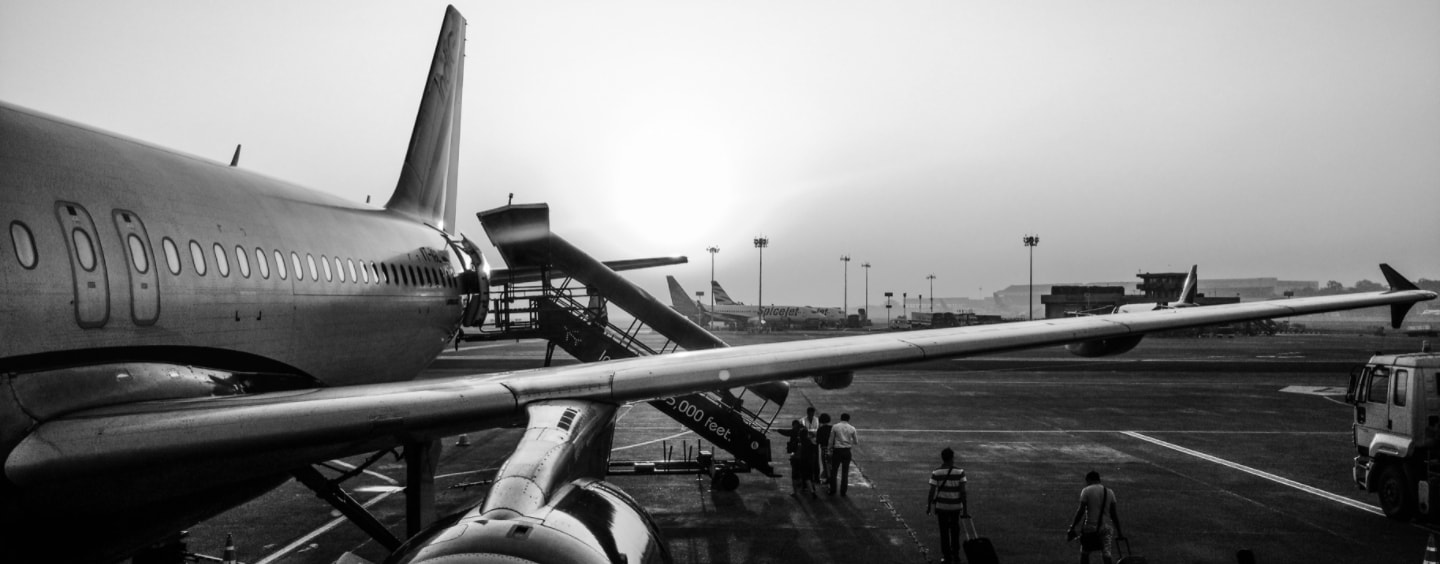
Unsure Where To Start?
Let’s talk about your Earth Trip


Our travel specialists are seasoned explorers with deep local insights. Whether it’s uncovering hidden gems or planning immersive cultural experiences, we design trips that go beyond the ordinary. Get in touch today!
Request A Video MeetingOther Popular Experiences










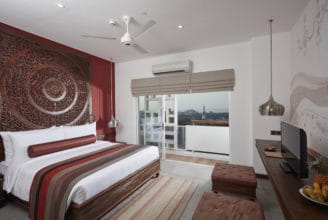
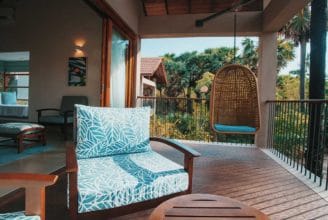
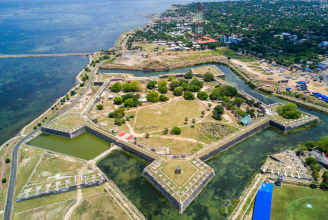
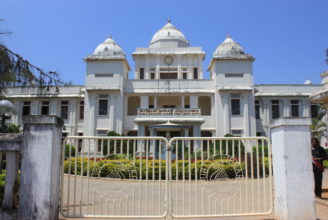
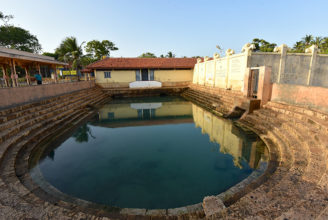
 The Nallur Kandaswamy Temple
The Nallur Kandaswamy Temple